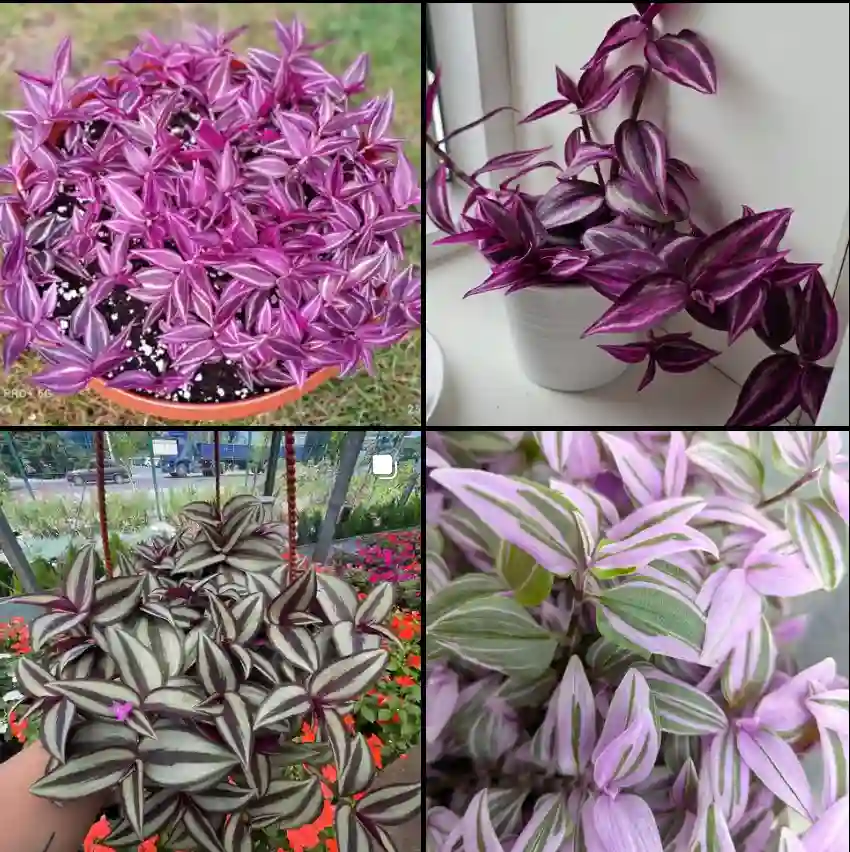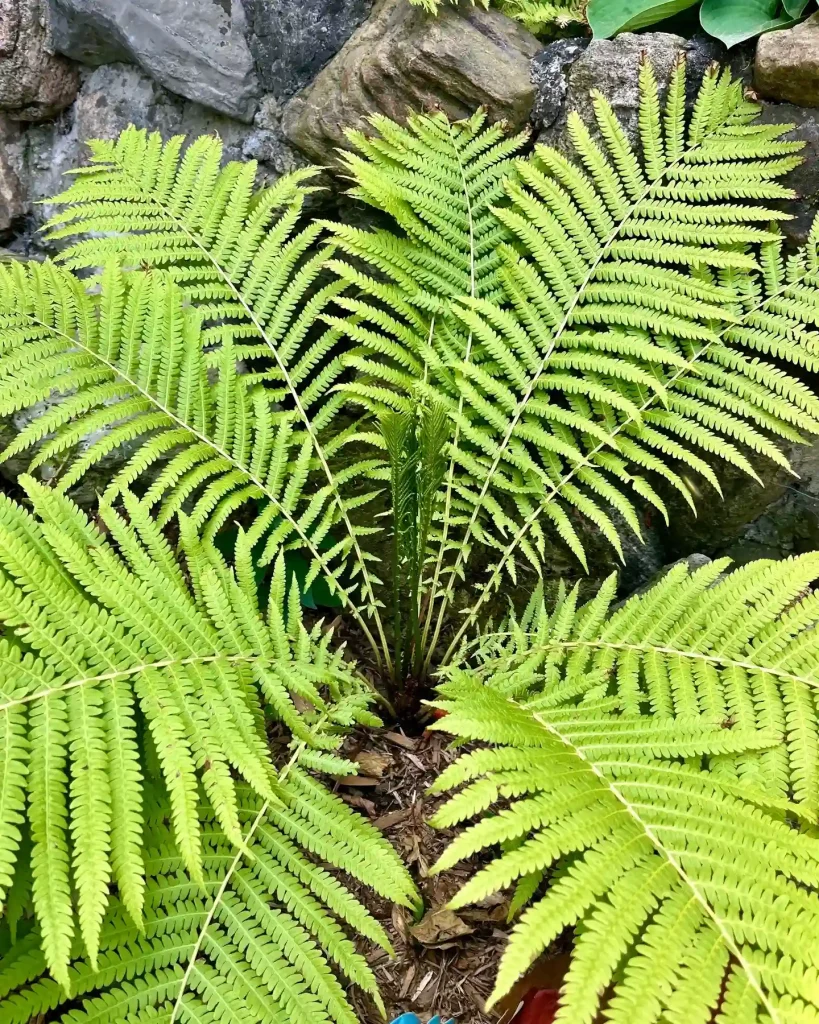Balm of Gilead: History, Uses, and Modern Relevance
For centuries, the Balm of Gilead has held a mystical allure. This fragrant resin, harvested from the arid lands of ancient Gilead, has captured imaginations and inspired metaphors for healing and solace. But what exactly is the Balm of Gilead, and how does it differ from other botanical wonders? Let’s delve into the history, uses, and surprising relevance of this legendary balm.
What is the Balm of Gilead?
The Balm of Gilead, mentioned in the Hebrew Bible, was a precious commodity prized for its medicinal and aromatic properties. The exact botanical source remains shrouded in some mystery. Traditionally, it’s been linked to Commiphora gileadensis, a shrub native to the Middle East and Arabia. However, some scholars propose the source might be a terebinth tree from the genus Pistacia.
Regardless of the exact plant, the balm itself was a resin, a thick, sticky sap extracted from the tree or shrub. This resin was known for its pleasant aroma and potential healing properties. Traders valued it highly, and caravans transported it across vast distances, as referenced in the Bible’s story of Joseph and his brothers (Genesis 37:25).
Historical Uses of the Balm of Gilead
The Balm of Gilead enjoyed a reputation as a versatile healing agent. Ancient texts mention its use for various ailments, including:
- Skin conditions: The balm’s soothing properties may have been beneficial for wounds, sores, and irritated skin.
- Respiratory issues: Inhaled or applied topically, the balm might have offered relief for coughs, congestion, and respiratory problems.
- Embalming: The resin’s preservative qualities may have led to its use in preparing the deceased for burial.
Beyond its medicinal applications, the Balm of Gilead was also prized for its fragrance. Its pleasant aroma made it a valuable addition to perfumes and incense.
Important to Note: While historical records mention these uses, it’s crucial to remember that ancient medicine differed significantly from modern practices. The exact effectiveness of the Balm of Gilead for these ailments remains unclear.
The Balm of Gilead and Myrrh: Close Cousins?
The Balm of Gilead is often compared to myrrh, another resinous product from the Middle East. Both share similar qualities: aromatic resins with potential medicinal applications. However, they come from different plants. Myrrh is derived from Commiphora myrrha, a close relative of the possible source plant for the Balm of Gilead (Commiphora gileadensis).
Despite their botanical differences, both the Balm of Gilead and myrrh held significant importance in the ancient world. Both were valuable trade goods and featured in religious ceremonies.
The Balm of Gilead: A Metaphor for Healing
Beyond its historical uses, the Balm of Gilead transcended the realm of the physical. In the Bible, it became a powerful metaphor for healing and comfort. Passages speak of a “physician” who would bring forth the “Balm of Gilead” (Jeremiah 8:22), symbolizing spiritual and emotional restoration. This metaphorical use continues to resonate today, with the Balm of Gilead representing hope and solace in times of need.
The Balm of Gilead Today: Modern Relevance
While the original Balm of Gilead may be difficult to obtain today, the legacy of this legendary resin lives on. Modern research continues to explore the potential benefits of plants from the Commiphora genus, including Commiphora gileadensis. Studies suggest these plants might possess anti-inflammatory and antimicrobial properties.
However, it’s vital to emphasize caution. Self-treating with unverified plant extracts can be dangerous. Always consult with a qualified healthcare professional before using any herbal remedy.
The enduring allure of the Balm of Gilead lies not just in its historical uses, but in the symbolism of healing and hope it evokes. As we continue to explore the potential of medicinal plants, the legacy of this ancient balm serves as a reminder of humanity’s enduring search for solace and well-being.
If i die, water my plants!


